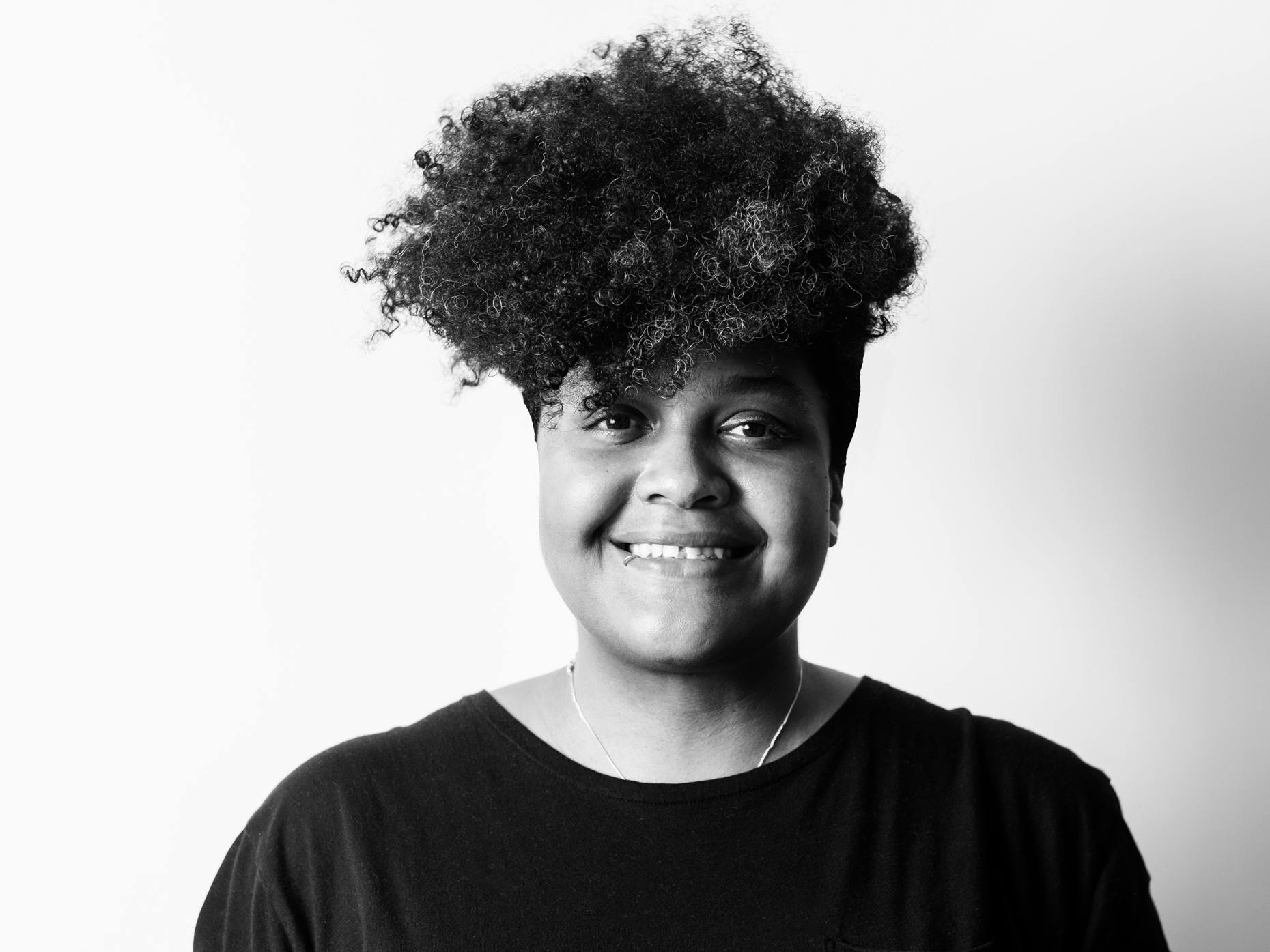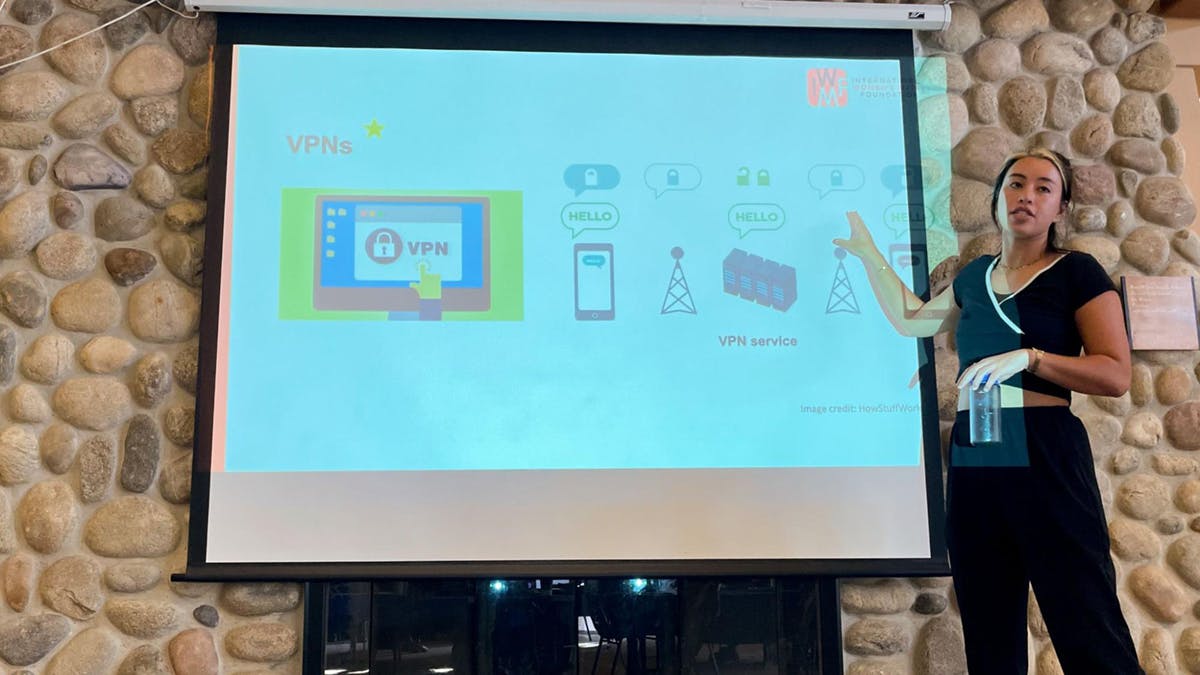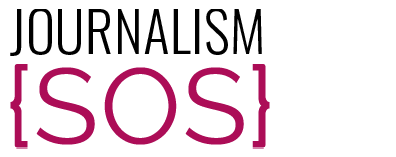J-SOS Mission
Journalism Source of Safety (J-SOS) is an online toolkit that offers trauma-informed and identity-aware journalist safety checklists, tips, gear advice, and other necessary security information for all journalists, including freelancers and students, with an emphasis on equity and ethics. It is imagined as a globally accessible resource addressing specific risk management tools, techniques and considerations for journalists with diverse bodies and backgrounds reporting in a variety of environments.
As an identity-aware and equity-focused project, it specifically centers the needs, embodiments, and experiences of journalists from marginalized backgrounds (i.e. women/nonbinary, QTPOC, BIPOC, immigrant, Majority World/Global South, differently abled, etc). J-SOS offers resources for everyday encounters in reporting and documentary, rather than responding primarily to the needs of conflict and war zone reporters.
This project is produced with support by the 2022-2023Reynolds Journalism Institute Fellowship.
Please Note
By visiting this website, you acknowledge that the safety advice offered on the J-SOS website and across all of its materials are suggestions and are not legally binding. The safety tips and tools provided by J-SOS should not be used in lieu of formal in-person safety training, such as a HEFAT for journalists. J-SOS safety advice is not sufficient to prepare anyone to report in a potentially life-threatening environment such as raging wildfires, war or political conflict zones.
Any person who either visits the website or utilizes the resources therein agrees to hold harmless the J-S0S project collaborators, the Reynolds Journalism Institute and all related assignees.

Project Lead
Tara Pixley, PHD
Tara Pixley, is a queer Jamaican-American photographer and professor with a 20-year career in visual journalism. She is a 2022 Reynolds Journalism Fellow and Pulitzer Center Grantee, a 2021 IWMF NextGen Fellow, a 2020 recipient of the World Press Photo Solutions Visual Journalism Initiative and was a 2016 Visiting Knight Fellow at Harvard University's Nieman Foundation for Journalism. Her writing and photography have appeared in the New York Times, Wall Street Journal, NPR, Allure, People, ProPublica, HuffPost, Nieman Reports, ESPN, and the Black Scholar, among many other publications. She has been a photo editor for CNN.com, New York Times, and Newsweek.
As a safety trainer and social impact consultant, Dr. Pixley combines her expertise in visual storytelling, critical cultural studies, and equity practices to work with media organizations, brands, production companies, film sets, and nonprofits. She has led 35+ workshops, panels, and guest lectures on visual ethics, journalist safety, the social impact of visual storytelling, inclusive pedagogy, and decolonizing journalism for dozens of newsrooms, museums, colleges, and organizations. Currently, Dr. Pixley is producing the Source of Safety project and documenting environmental justice issues of Southern California oil production. Most recently, she oversaw the research and writing of the 2022 State of Photography Report and edited the Guide to Inclusive Photography. She is also a co-Author of the Photo Bill of Rights and Executive Director of Authority Collective — an organization dedicated to diversifying perspectives in visual media.
Collaborators

Vanessa Charlot
Vanessa Charlot is an award-winning photographer, filmmaker, lecturer, curator and media safety trainer. She is an Assistant Professor of Creative Multimedia at the University of Mississippi School of Journalism and New Media. Her work focuses on the intersectionality of race, politics, culture and sexual/gender expression to explore the collective human experience. The purpose of her work is to produce visual representations free of an oppressive gaze. Vanessa seeks to humanize Black bodies through her photography, restoring the dignity and vitality of those often shot as subjects divorced from context, motives, and histories. Her work invites us all to question our relationship to what we think about when we see Black bodies as static images and in motion.
She has worked throughout the U.S., Caribbean and Southeast Asia. Her photographs have been commissioned by the New York Times, Gucci, Vogue, Rolling Stone, The New Yorker, Oprah Magazine, The Atlantic, The Guardian, Apple, New York Magazine, Buzzfeed, Artnet News, The Washington Post and other national and international publications. Vanessa lectures at the International Center of Photography and is the recipient of the International Women's Media Foundation Courage in Journalism Award for 2021. She is currently an Emerson Collective Fellow.

Kat Contreras
Kat Contreras is a digital media producer and full stack developer, who brings a diverse range of skills to the table. They have extensive experience working with non-profit organizations and small businesses, developing a reputation for being a multi-hyphenate creative professional who can deliver engaging designs, authentic stories and scalable solutions that leverage the latest technology trends.
As a digital media producer, they have had the privilege of working on projects, each one a unique opportunity to tell a powerful story and capture the attention of a large audience. From creating stunning footage to crafting captivating graphic assets, they’ve been able to generate impressions ranging from 1.1M to 6.5M across a wide range of outlets, including Essence, Variety, NYFW, Rodarte, Forbes, Afropunk, Los Angeles Times, The Advocate, Refinery29 (R29), Billboard, Nike, Wonderful Machine, Toms, Time Magazine, Fast Company, and Esquire.
Kat thrives at the intersection of media and technology, and is particularly passionate about creating visually stunning and accessible designs, as well as technology solutions that improve online interactions for everyone.

Mari Galicer
Mari Galicer is a technologist and educator working at the intersection of privacy, safety, and software. As a digital security trainer, she aims to create accessible and collaborative spaces for learning about digital safety, centered in the needs of those not traditionally represented in journalism and tech. As a researcher and software developer, she has worked with Mozilla, ACLU, NYU, and several start ups. She is currently a product manager for consumer privacy at Cloudflare.

Rosem Morton
Rosem Morton, is a Filipina photojournalist, nurse and safety trainer based in Baltimore, Maryland. As a visual journalist, she is a National Geographic Explorer whose work focuses on daily life amidst gender, health, and racial adversity. She documents issues from the effects of gender based violence, the unheard stories of healthcare workers, to the legacies of western colonization that have shaped Filipino culture and migration. Her work has been awarded the Leica Women Photo Award and the Visa d'or Daily Press Award. She has also been recognized by the Pictures of the Year International, the World Press Photo 6x6 Talent and the 30 under 30 list. Rosem has worked at major trauma centers as a registered nurse for the last 10 years. She draws on these experiences alongside the IWMF Next Gen Fellowship to provide holistic safety trainings for journalists.
Source of Safety Blogs
For more information on this project, check out the Source of Safety blogswritten by Tara Pixley and published on the Reynolds Journalism Institute website.

Source of Safety: Building a trauma and identity-informed safety, security and risk management resource for all bodies and environments
With the support of the Reynolds Journalism Institute Fellowship, I am creating an online toolkit that offers trauma and identity-informed visual journalist safety checklists, tips, gear advice, and other necessary security training elements for all visual journalists, including freelancers and students, with an emphasis on equity and ethics. It will be a globally accessible resource addressing specific risk management tools, techniques and considerations for journalists with diverse bodies and backgrounds doing visual reporting in a variety of environments.

Acknowledging the Toll: Why we need trauma-informed safety training for journalists
“Bravery is overrated,” said Maria L. La Ganga, LA Times City Editor. “Getting yourself in a dangerous situation does no one any good.” I heard these words as an attendee of the Aug. 20 Society for Professional Journalists (SPJ) regional conference, where La Ganga was a panelist. Looking around the packed room of people who came to hear three veteran journalists and a professor of clinical psychology discuss “Dealing with Stress & Trauma: Covering it, Experiencing it, Coping with it,” I wondered how many of those present had accepted unnecessary risk in their work as journalists because they believed they had to.

Securing our Safety Online: What journalists need to know about digital security
Journalism has always had a complex relationship with the internet. While the digital realm represents an incomparable tool for accessing information and circulating the news, the internet has also necessitated rapid shifts in the way journalism works and does business.

Resourcing the most marginalized journalists: Why we need identity-aware safety and security training
In the 2022 State of Photography Report supported by Catchlight and the Knight Foundation, a majority of respondents to the survey (88%) said they generally accept risk in their day to day work as photojournalists and editorial photographers.

Reporting in spaces of civil unrest: How your approach to public engagement impacts your safety profile
The Global Peace Index of 2021 cited a 10% increase in civil unrest globally in 2020, where the world population saw nearly 15,000 demonstrations. Over that time journalists were called on to cover protest movements from Black Lives Matter in the U.S. to farmers in India, anti-extradition protests in Hong Kong, and anti-government uprisings in Puerto Rico. This trend of increased civil unrest continues with massive movements in Iran and China as 2022 comes to a close.

Reporting in environmental disasters: Community support, communication, and planning are your most important safety tools
Erika P. Rodriguez, a freelance visual journalist based in San Juan, Puerto Rico, was already photographing the aftermath of a 5.8 magnitude earthquake that hit the island on Jan. 6, 2020 when she experienced a terrifying aftershock. Standing in the middle of the street, Rodriguez was frozen in surprise and fear as the ground rippled beneath her feet. A colleague who was working with her that day yelled her name, snapping her out of it long enough for them both to move toward a more secure area away from live electrical wires and other immediate dangers. Rodriguez says she learned an important lesson about herself that day: “Anytime I cover something dangerous now, I tell colleagues it’s OK to direct me or grab my arm because now I know I might freeze and I have to make a plan for that happening.

Building a resource-sharing community: Why collaboration and accessibility are at the core of J-SOS
Lorem ipsum dolor sit amet, consectetur adipiscing elit, sed do eiusmod tempor incididunt ut labore et dolore magna aliqua. Ut enim ad minim veniam, quis nostrud exercitation ullamco laboris nisi ut aliquip ex ea commodo consequat. Duis aute irure dolor in reprehenderit in voluptate velit esse cillum dolore eu fugiat nulla pariatur. Excepteur sint occaecat cupidatat non proident, sunt in culpa qui officia deserunt mollit anim id est laborum.

Introducing J-SOS: A toolkit offering basic safety resources for any journalist
Lorem ipsum dolor sit amet, consectetur adipiscing elit, sed do eiusmod tempor incididunt ut labore et dolore magna aliqua. Ut enim ad minim veniam, quis nostrud exercitation ullamco laboris nisi ut aliquip ex ea commodo consequat. Duis aute irure dolor in reprehenderit in voluptate velit esse cillum dolore eu fugiat nulla pariatur. Excepteur sint occaecat cupidatat non proident, sunt in culpa qui officia deserunt mollit anim id est laborum.
